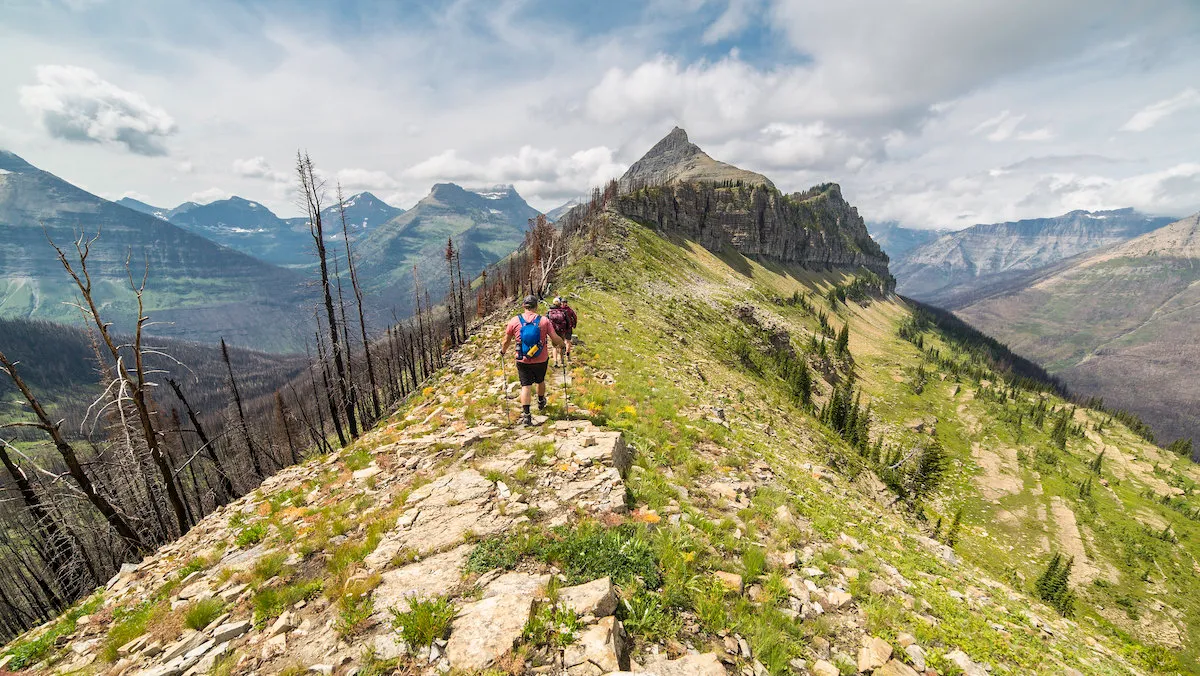

Whether you drive, take a tiny plane, or ride the Empire Builder, Glacier National Park is an awesome place to visit. Last year, nearly 3 million people visited the park, putting it in the top 10 of the most visited national parks in the U.S. But if you’re someone who has never been, here are six Glacier National Park facts to get you pumped up for next season.
Videos by Outdoors
6. Going-to-the-Sun Road is 50ish miles long
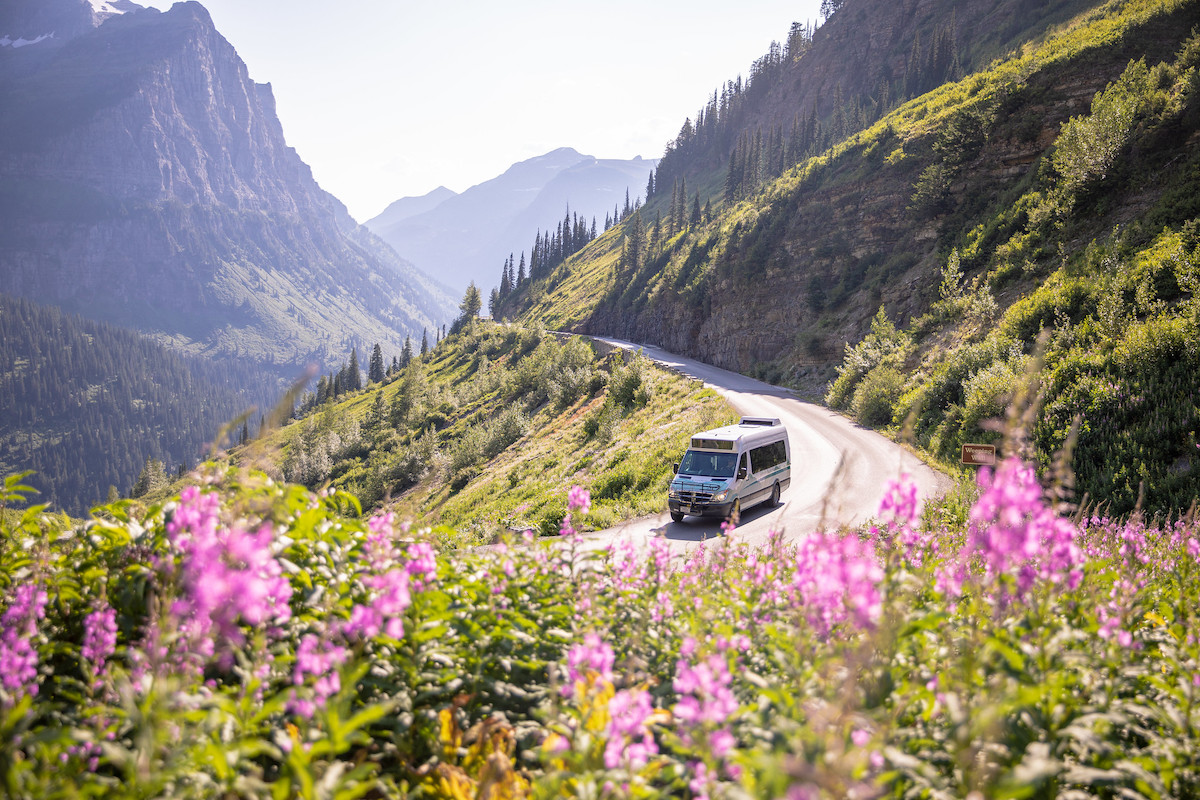
The Going-to-the-Sun Road is one of the most well-known attractions at the park and for good reason. The mountain road brings you through about 50 miles of scenery. From beginning to end, it takes about two hours to complete.
While you’ll see iconic views of glaciers, mountains, landscapes, and animals, you’ll also travel on the road featured in popular films like The Shining and Forrest Gump. But it’s way more special than that.
The road is considered an “engineering feat” because it was constructed over multiple seasons because of intense snowdrifts and the fact that builders had to blast through solid rock. The name itself is borrowed from the Going-to-the-Sun Mountain, which earned its name from Native American legends.
5. Glacier National Park is really, really old
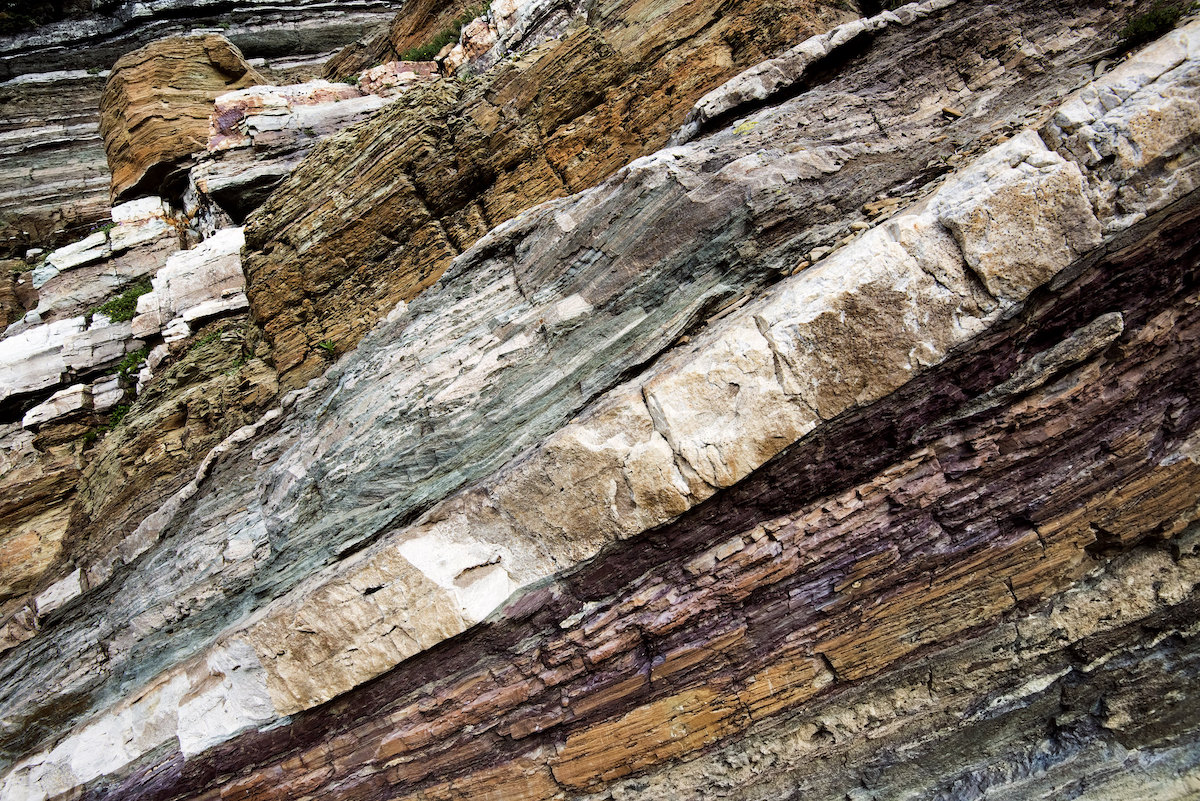
Although Glacier was established as the tenth national park in 1910, the land itself has been inhabited by humans for millennia. Archeological evidence shows that Native Americans arrived in the area about 10,000 years ago. Additionally, geological evidence shows that some parts of the park, particularly exposed rock at the Warerton-Glacier, date back as far as 1.6 billion years. To put that into perspective, Earth is about 4.5 billion years old and the galaxy is about 13.6 billion years old.
4. Wildlife unchanged since park was established
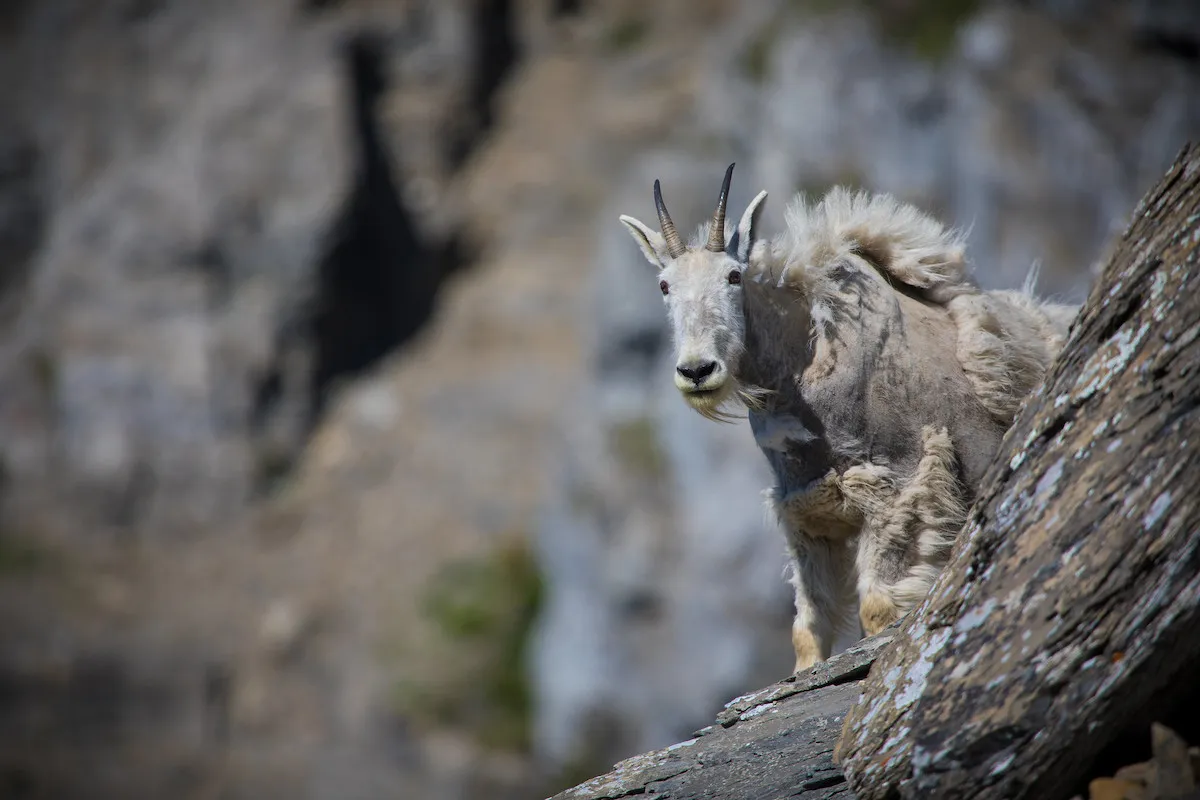
The wildlife in Glacier has been reportedly unchanged since it was established more than 110 years ago. According to park data, there are 71 species of mammals (including the park’s symbol the mountain goat), 24 species of fish, 276 documented species of birds, and almost 2,000 species of plants.
3. It’s named ‘Glacier’ because of the, um, glaciers
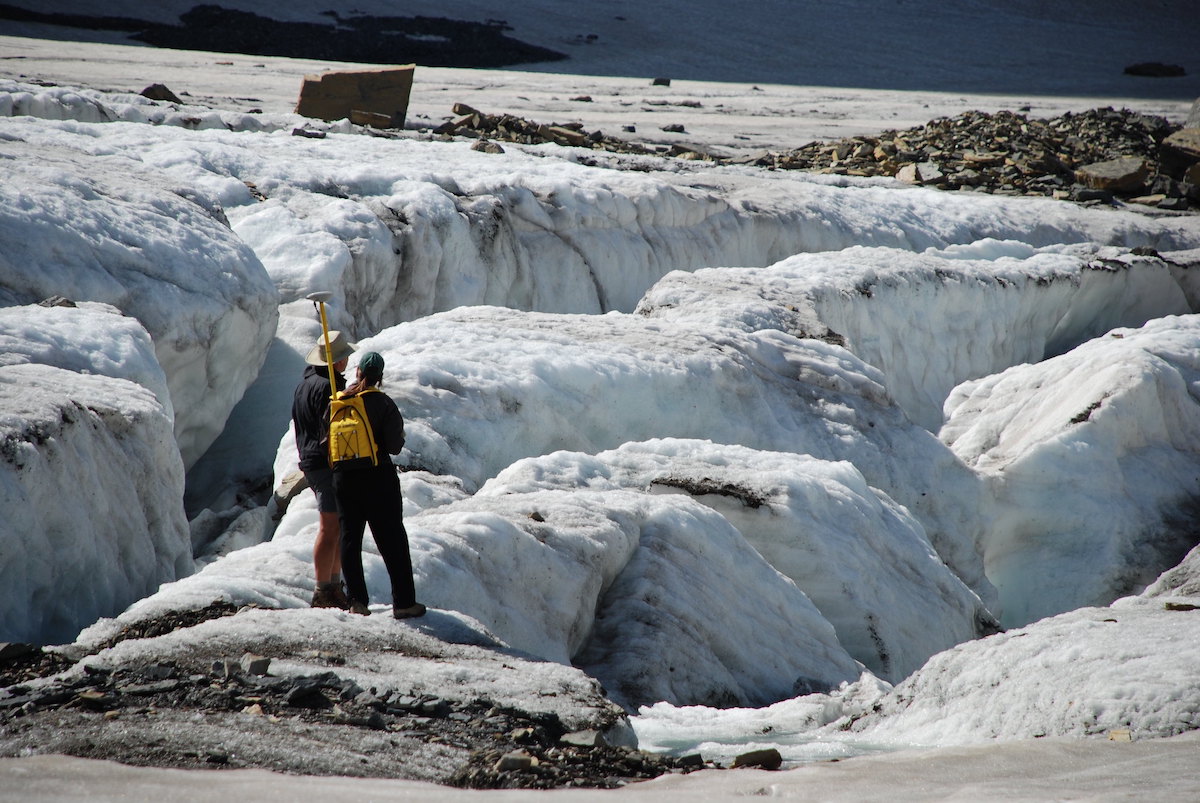
As the name implies, there are glaciers at Glacier National Park. It might be an obvious Glacier National Park fact, but according to the parks service, the park was named for its many active glaciers. At one point, there were as many as 150 in the park, but now, there are only 26. Unfortunately, they’re currently melting at two times the global average.
At 1.7 million square meters, the Harrison Glacier is the largest in the entire park. While some hike around Harrison Lake to get close to the massive site, if you want to see a glacier, the park recommends seeing one of the many others at the park. They’re easier to access by trail or see from the Going-to-the-Sun Road.

2. There’s lots of water
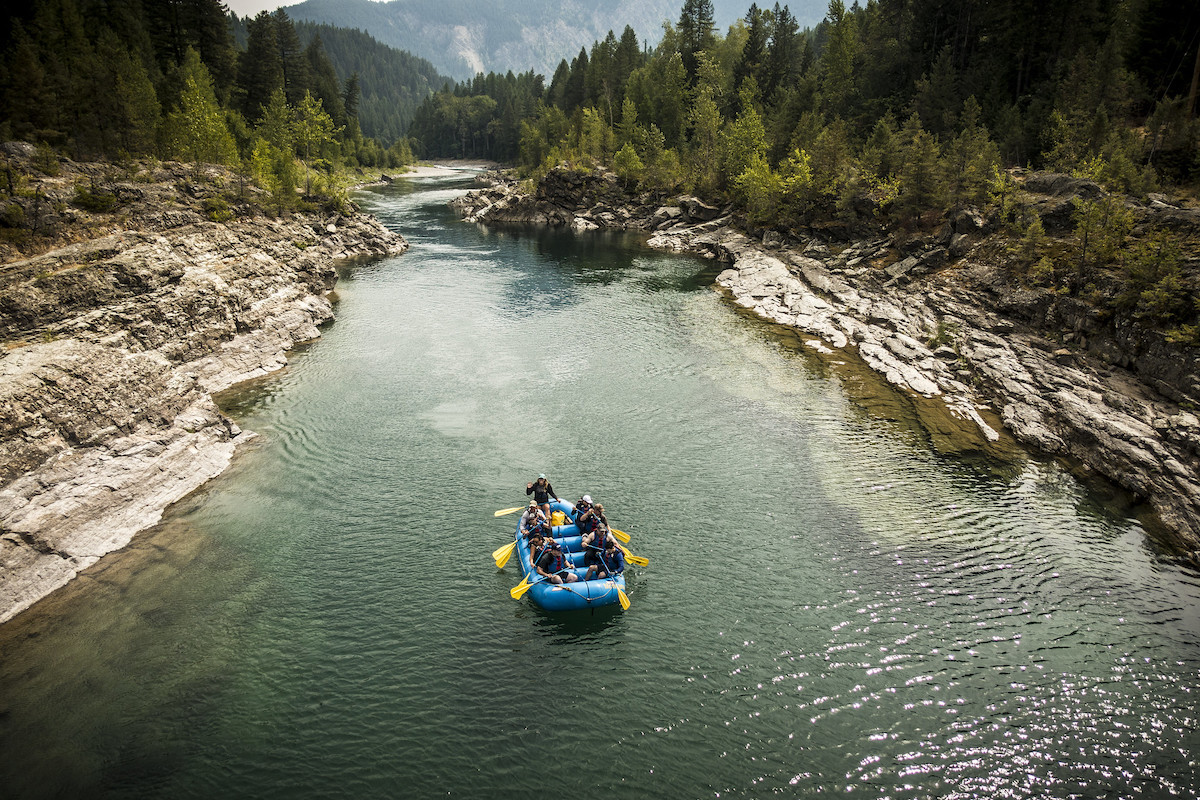
This might be an understatement. Glacier is home to 762 lakes and 563 streams. To say it another way, there are 25,622 acres of lakes and 2,865 miles of streams in the park. The water is so abundant thanks to past ice ages and the park’s waters are considered headwaters for all of the North American continent. Additionally, the water systems are so complex and vast that droplets will eventually make their way to the Pacific, Atlantic, and Hudson Bay watersheds.
1. It’s bigger than Rhode Island
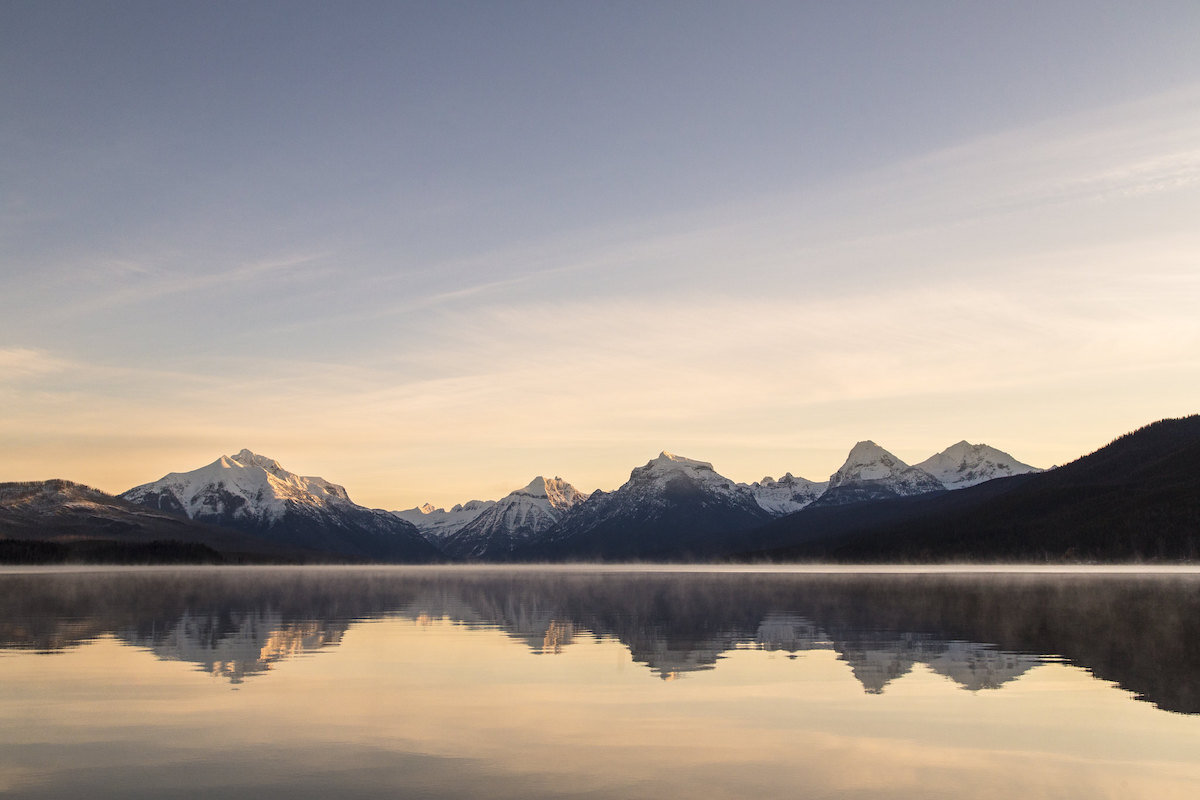
Glacier Park covers 1,583 square miles, which makes it about 500 square miles bigger than the state of Rhode Island, about 400 square miles smaller than Delaware, and the twelfth largest national park in the country. But there’s more significance to the size of the park than just that.
Packed into the park’s boundaries are more than 1,000 campsites, 745 miles of hiking trails, 110 miles of continental divide trail, and 175 mountains. Plus, the park is home to a world heritage site called the Waterton-Glacier International Peace Park. What that means is the park not only spills over into Canada but it’s also considered to be significant for cultural, historical, and scientific purposes.
Article updated on Sept. 10, 2023
Read more facts about the National Parks:
- Great Smoky Mountain National Park
- Rocky Mountain National Park
- Isle Royale National Park
- Big Bend National Park
- Zion National Park
- Voyageurs National Park
- Glacier National Park
- Joshua Tree National Park
- Grand Canyon National Park
- Dry Tortugas National Park
- Yosemite National Park
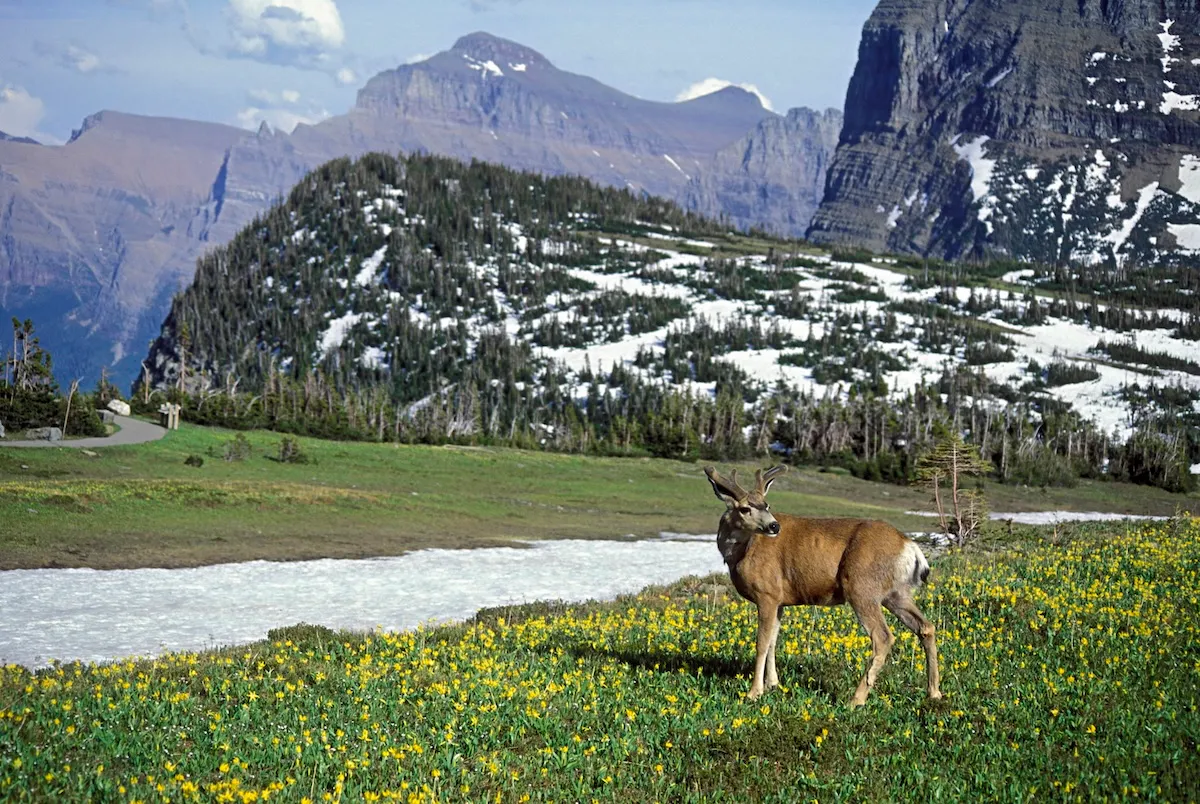
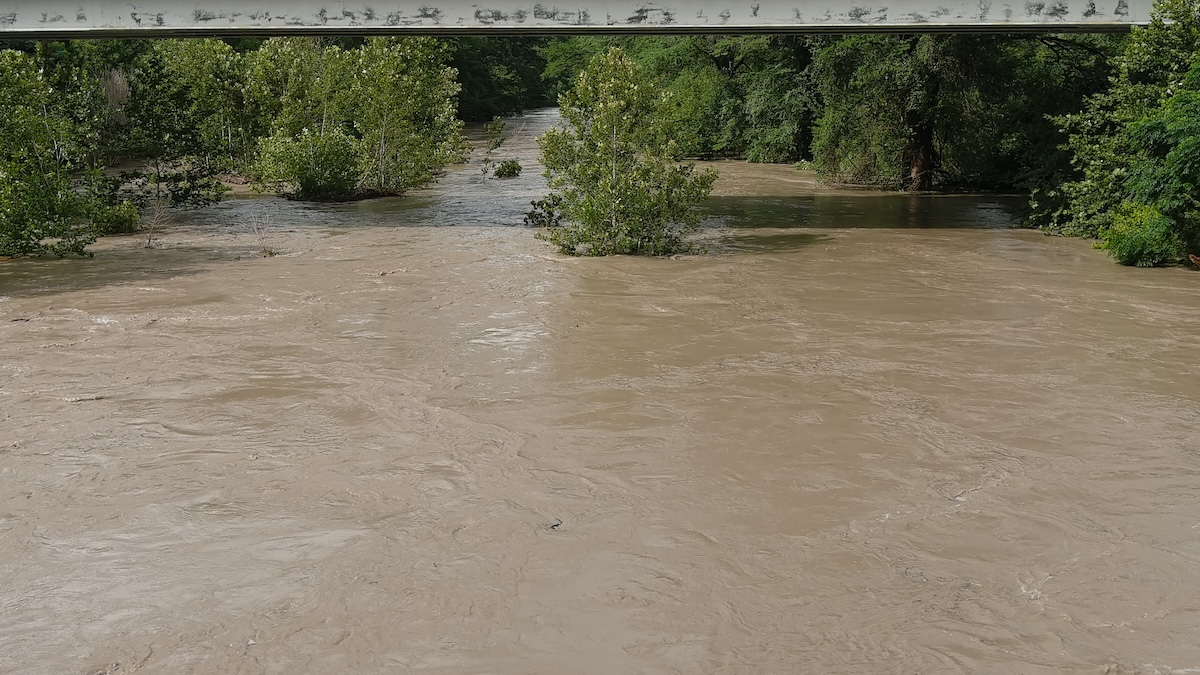
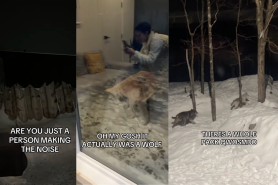
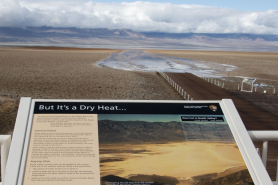
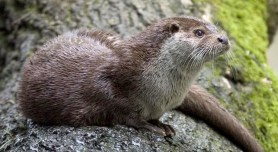
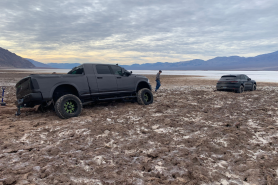
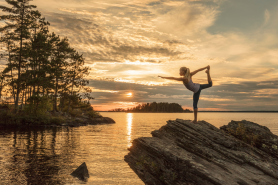
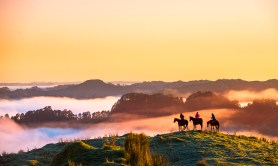


I’m grateful that I had a chance to , see it fifty years ago. Based on what I am now hearing, I doubt that I’ll ever return. The same is true of Yellowstone!
Glacier National Park is very special to our family. My wife and I started our fire lookout employment their on June 9, 1968. Swiftcurrent Lookout was our home from June 18th thru August 18th. Snow surrounded use in June and winter started in mid-August at 8700 feet. What an adventure from June 9th, 3 days after being married, thru September 6th heading back to Missouri and college. The park is one of God’s best creations. Sorry to see the glaciers disappearing. Park rangers predicted the would be gone in 50 years. It is 55 years now.
Thanks to the department of interior for making these special memories.
This is Crow Indian Country Crows have live here 1000s of years before the white people came.
If you’ve ever been to Glacier NP, you will know that it is NOT named for the glaciers that are there. It is named for the glaciers that carved out the many valleys in the park. Do a little research.
So…….there were different glaciers back then? It seems logical that they are the same glaciers, just smaller now, no?
This is mostly correct as I understand it. The park is named for the features the glaciers carved out and left behind.
Sure. But same glaciers. And…….that’s kinda what glaciers do. So, yeah, it’s obviously named for the glaciers. Plus, it’s in the name: Glacier National Park. I guess you could argue that the name should have been Glaciated National Park. But it wasn’t.
Glacier NP is one or the parks we planned to visit several years ago. We ran out of time and skipped that park. We plan on seeing the park on a nother trip. I hope that it will be in the next few years as our health is failing rapidly. Aging can be a bummer. The article was very enlightens about the park, lakes, and waterways.
Thank You very much.
I love hearing about my old home state especially the area around Kalispell, Whitefish and Columbia Falls with Glacier National Park.
Thank you!
Mike and Fran Laukaitis